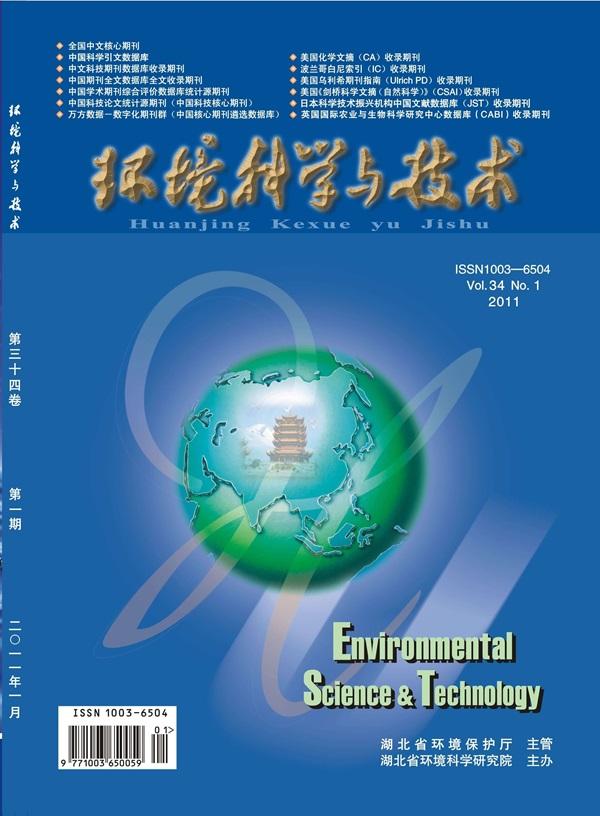Direct Evidence That Microplastics Are Transported to the Deep Sea by Turbidity Currents
IF 10.8
1区 环境科学与生态学
Q1 ENGINEERING, ENVIRONMENTAL
引用次数: 0
Abstract
Microplastics pervade the global seafloor, yet the mechanisms by which this pollutant is increasingly transported to the deep sea remain unclear. Fast-moving sediment avalanches (called turbidity currents) are hypothesized to efficiently transport microplastics into the deep sea. However, while this has been inferred from field sampling of the seafloor, it has never been demonstrated outside of a laboratory setting. Here, we provide direct field-scale evidence that turbidity currents in submarine canyons not only transport globally significant volumes of mineral and organic matter into the deep sea but also carry large quantities of anthropogenic particles, including microfibers and microplastic fragments. In situ hydrodynamic monitoring, coupled with direct sampling of the seafloor and material suspended by turbidity currents, reveals that even a submarine canyon whose head lies hundreds of kilometers from land acts as an efficient conduit to flush sediment and pollutants from the continental shelf to water depths greater than 3200 m. Frequent and fast turbidity currents supply oxygen and nutrients that sustain deep-sea biodiversity and fishing grounds in, and adjacent to, such canyons. Our study therefore confirms that these biodiversity hotspots are colocated with microplastic hotspots, indicating that the more than 5000 land-detached canyons worldwide can be important but previously unproven conveyors of anthropogenic pollution to the deep sea.

求助全文
约1分钟内获得全文
求助全文
来源期刊

环境科学与技术
环境科学-工程:环境
CiteScore
17.50
自引率
9.60%
发文量
12359
审稿时长
2.8 months
期刊介绍:
Environmental Science & Technology (ES&T) is a co-sponsored academic and technical magazine by the Hubei Provincial Environmental Protection Bureau and the Hubei Provincial Academy of Environmental Sciences.
Environmental Science & Technology (ES&T) holds the status of Chinese core journals, scientific papers source journals of China, Chinese Science Citation Database source journals, and Chinese Academic Journal Comprehensive Evaluation Database source journals. This publication focuses on the academic field of environmental protection, featuring articles related to environmental protection and technical advancements.
 求助内容:
求助内容: 应助结果提醒方式:
应助结果提醒方式:


